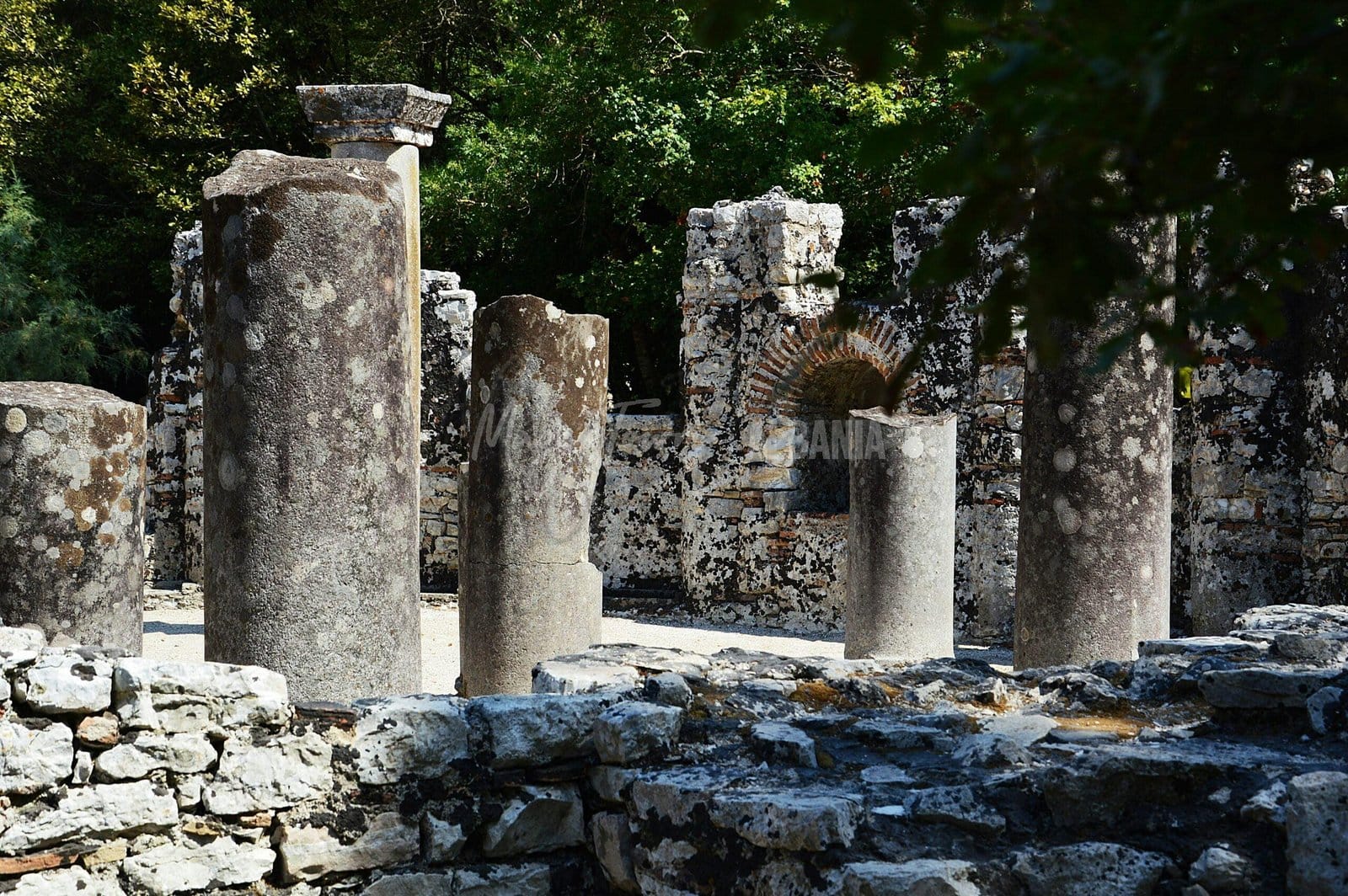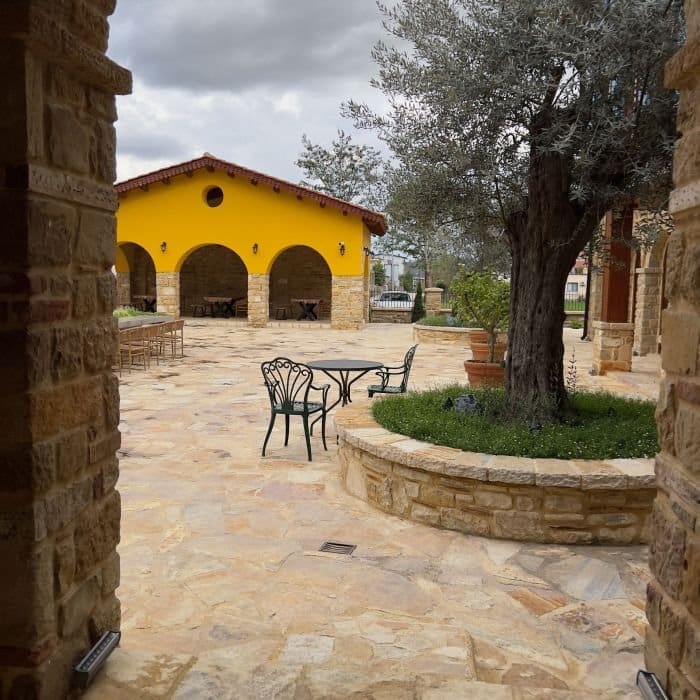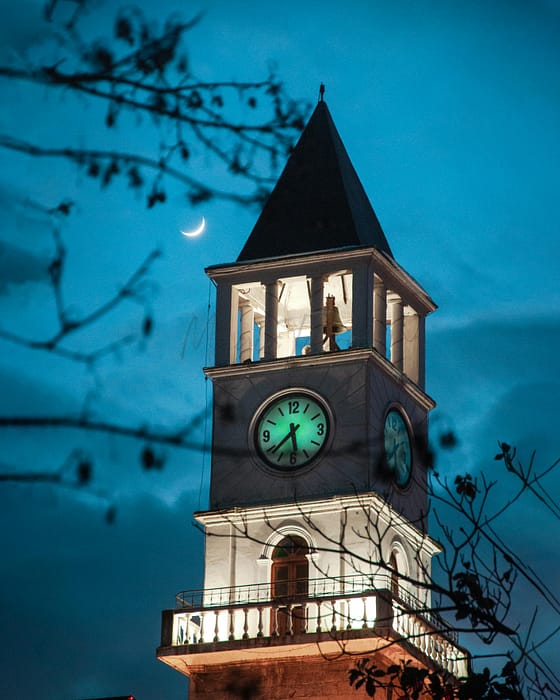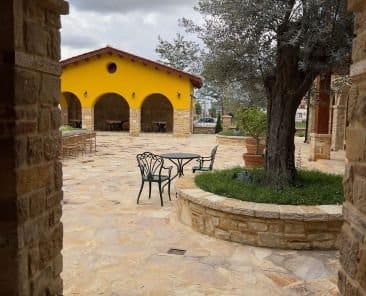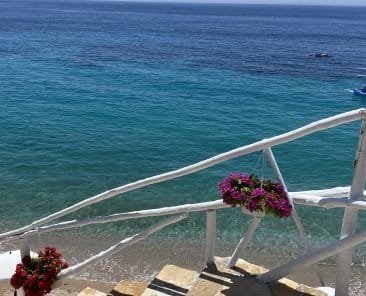Since its inclusion on the World Heritage List in 1992, Albania has revealed its treasures to the world, earning recognition for its unique cultural and natural heritage.
With UNESCO sites spanning ancient ruins, historic towns, cultural heritage, and landscapes, Albania stands as a testament to the diversity of its legacy.
In this article, we have shared the 6 UNESCO sites of Albania, now part of the country’s identity, along with their distinguishing characteristics
Here’s a map of UNESCO Heritage Sites in Albania, for reference:
[wpgmza id=”10″]
1. Butrint National Archaeological Park

Located in the southern part of the country, Butrint is a UNESCO World Heritage Site that dates back to ancient times.
With origins tracing back to the 7th century BC, Butrint served as a Greek colony before becoming a Roman city and later an important Byzantine and Venetian trading outpost.
What’s interesting about this site is the fusion of Hellenistic, Roman, and medieval architecture, including a well-preserved amphitheatre, basilica, and fortifications.
As of 2023, the entrance fee for Butrint National Park was € 9.61.
2. Gjirokastër, Also Known as The City of Stone

Gjirokastër is a beautiful town that reflects the impact of Ottoman impact in every aspect of its architecture.
Recognized as a UNESCO World Heritage Site in 2005, this town is now a well-preserved historic centre with stone-built houses that line narrow cobblestone streets.
One of the most famous features of Gjirokastra is its beautiful castle, which offers the best view you can get of the town. Within its walls, visitors can explore the “The Arms Museum” and former prison, which together with the “Museum of Gjirokastra”, are located inside the castle.
The National Folklore Festival is another interesting event that takes place every 5 years at the castle and celebrates Albanian cultural heritage.
The castle’s entry fee is only €3.84 and if you want to visit the museums as well, you must pay an additional fee of €1.92.
3. Berat, or ‘The City of a Thousand Windows’

Berat, a UNESCO World Heritage Site since 2008, unfolds along the banks of the Osum River.
Aptly named the “City of a Thousand Windows,” Berat is renowned for its white Ottoman houses stacked along the hillside, now part of the city’s identity.
The Mangalem and Gorica quarters, located opposite river banks, testify to the harmonious coexistence of different religious and cultural communities over the centuries.
The fee to Berat’s castle is €2.88, but given that it operates round the clock, visiting outside the regular hours allows for free entry.
4. Gashi River
The Ancient and Primeval Beech Forests of the Carpathians and Other Regions of Europe, designated as a UNESCO World Heritage Site since 2007, span 12 European countries, including Albania, Slovakia, Germany, and Ukraine.
The components of this Heritage Site in Albania include the Gashi River and the forest of Rrajca.
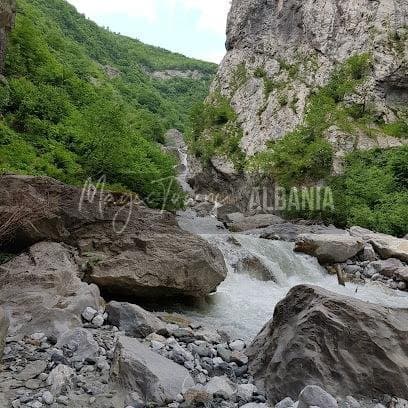
The Gashi River, located in Tropojë, Northern Albania, enhances the scenic beauty of the ancient beech forests, providing a refreshing element to the landscape. This natural paradise not only adds to the visual appeal of the area but also contributes to sustaining the rich biodiversity of the region.
5. Rrajca Forest
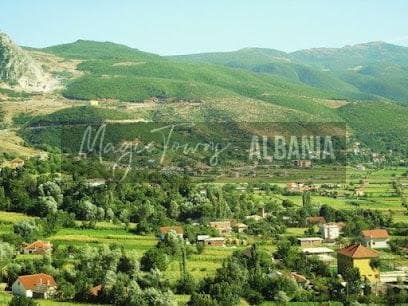
Rrajca Forest, located in Librazhd, Elbasan County, is a significant village within the Shebenik-Jabllanica National Park. This beautiful heritage site adds a cultural dimension to the natural splendour of the area. Blessed with mountains and lakes, the area stands as one of the most picturesque mountain regions in eastern Albania.
6. Prespa-Ohrid Basin Biosphere Reserve

Albania’s commitment to environmental conservation is evident in its biosphere reserves. The Ohrid Basin (recognized as a transboundary biosphere reserve in collaboration with North Macedonia) reflects the nation’s dedication to balancing human activities and biodiversity conservation.
Each UNESCO Heritage Site Tells a Story
Albania’s diverse UNESCO Heritage sites tell a story of a nation deeply connected to its past, present, and future. As these treasures continue to attract global attention, the country’s legacy stands as an invitation for travellers to explore its cultural and natural wonders.
You Might Also Like:
- Tipping Culture in Albania: What You Need to Know
- How to Spend a Day in Kruja
- Solo Traveling to Albania: A Complete 2024 Guide
-

Sara embodies the definition of creativity in her role as a content creator on our team. As a native Albanian, she focuses on writing qualitative pieces, mostly well-researched articles and informative blog posts. She also plays a key role in creating engaging social media posts to build a like-minded community of Albanian lovers and keep them engaged. Her qualifications, among others, include a Reuters-accredited certificate in journalism, language certification, internship experience in Bucharest, and training in digital marketing. If Sara’s not on her desk creating content, you might find her reading a good book or penning her thoughts in her diary.
You can also find her words on Momentum Group, Bulls Media Albania, 112hub, and Ajroni.

